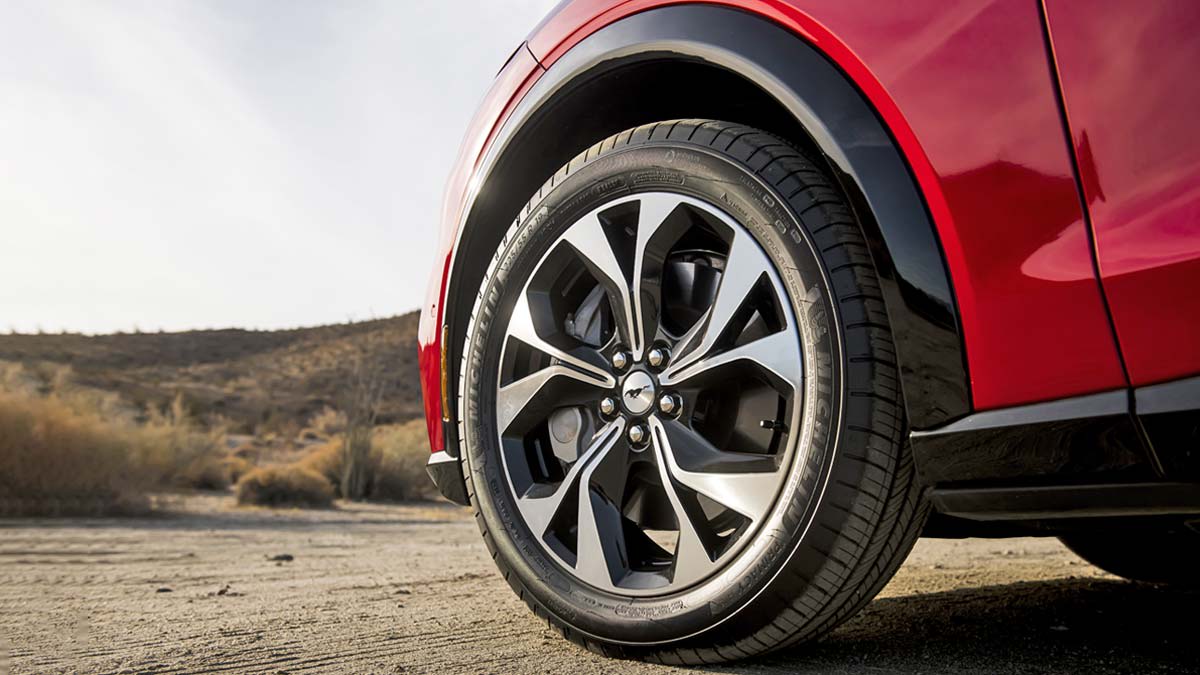But will we be able to generate it cleanly and perpetually, and have a practicable widespread charging infrastructure?
Maybe a better solution would be to generate the electricity within the vehicle, perhaps with a miniature nuclear reactor.
I think yes, we can generate it cleanly and perpetually. It has to be yes.
We've seen the risks with nuclear fusion and new fusion reactors do not make sense.
If ever nuclear fusion reactors come to pass, then that powers the planet forever. This is the big win if it every becomes reality.
In the meantime, it will be a number of distributed things...
Wind and solar need to get bigger. I've been in a lot of places that have wind every day, all day and are out of the way: Wyoming, Colorado, West Virginia, Kansas...I'm sure just about every state has wind corridors. Just keep putting them up. Then solar...I used to live in VA and solar may not be all that great in places that have a lot of cloudy days, but the sun comes up every day. I live in Colorado now and just about every house in Colorado could have solar that powers the whole house, and charge the car, every day, and with battery, the night and the random cloudy day. There are many places like this.
If that needs to be infilled by traditional power plants, that's fine, but they need to become the minority.
BTW, here are some figures on states getting a lot from wind now: Colorado 26%, Iowa 55%, Kansas 45%, Maine 23%, Minnesota 21%, Nebraska 25%, New Mexico 30%, North Dakota 34%, Oklahoma 41%, South Dakota 52%, Texas 20%, Wyoming 19%.




